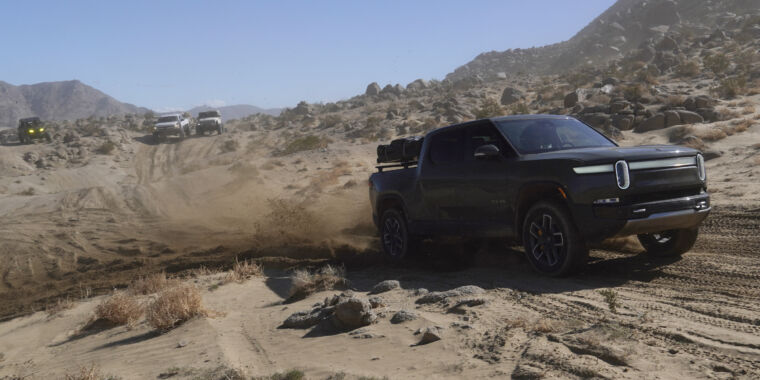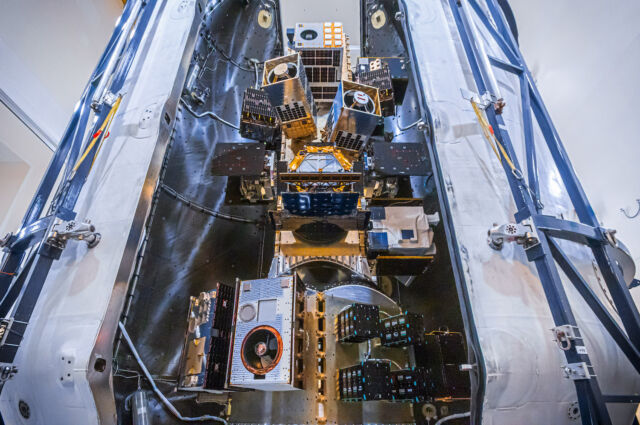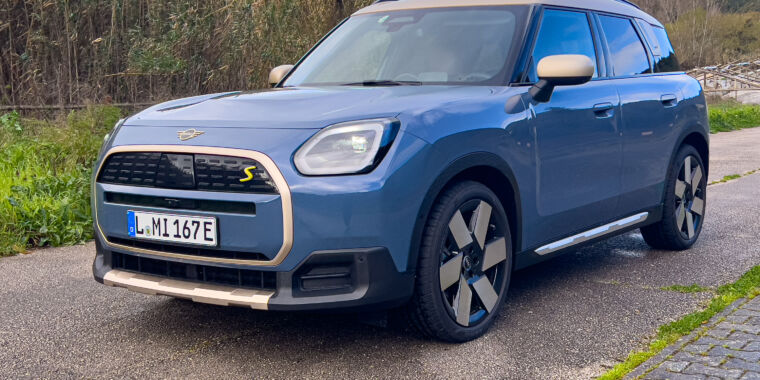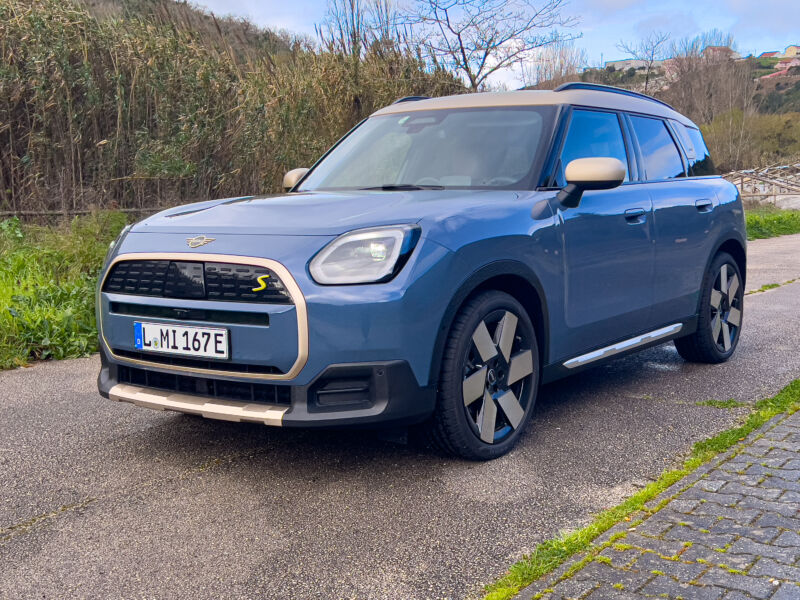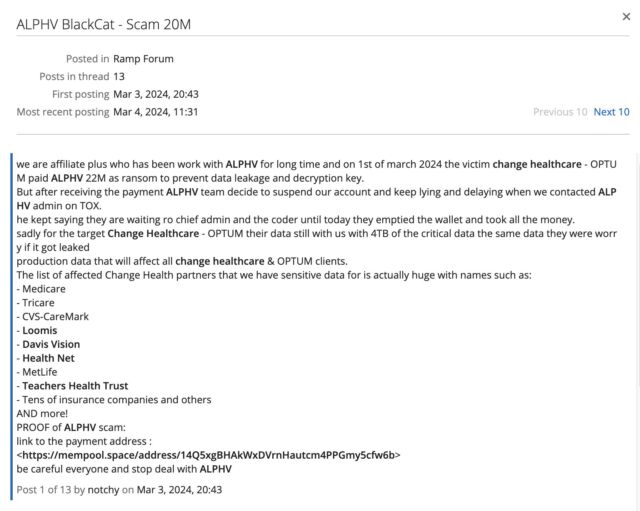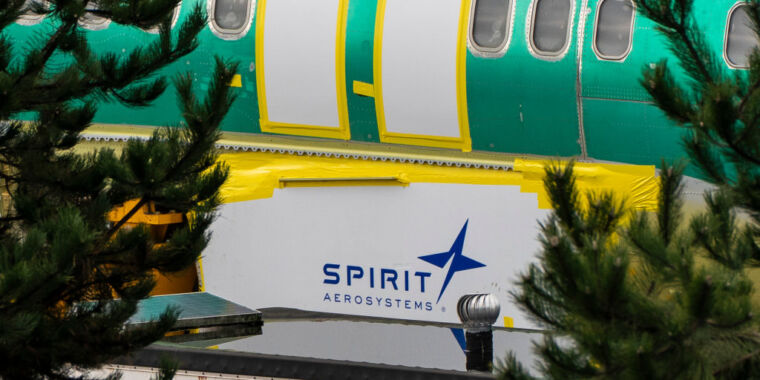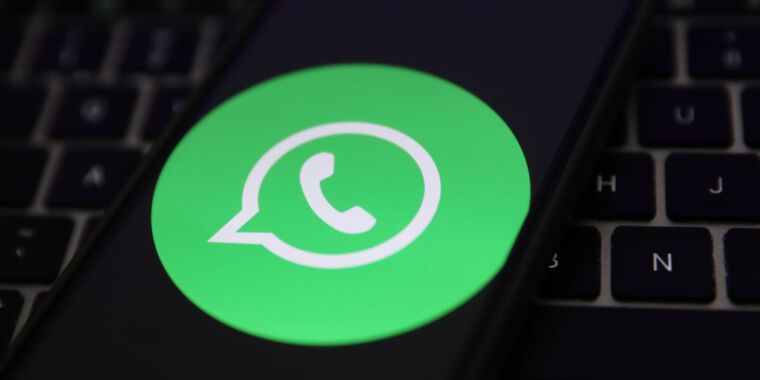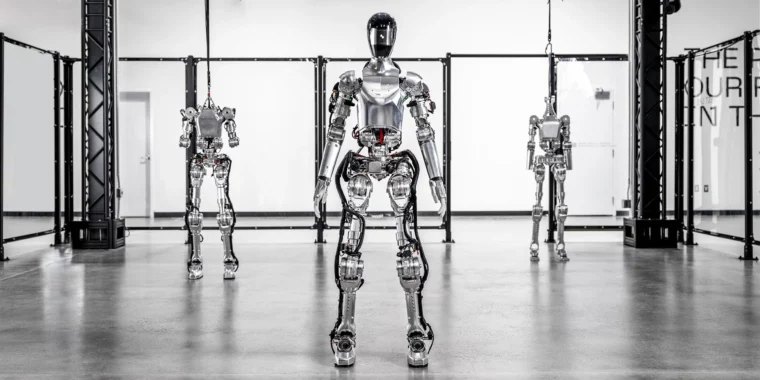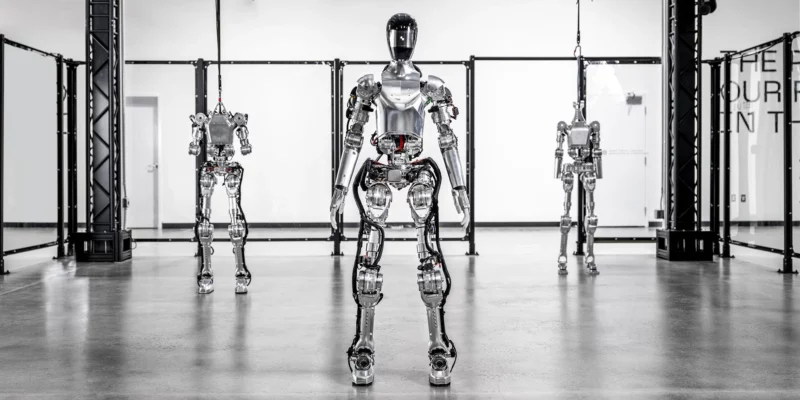Off-roading EVs find a home at King of the Hammers

Enlarge / EVs are making in-roads at the annual King of the Hammers event in California.
Michael Teo Van Runkle
Electric vehicles are few and far between in the desert at King of the Hammers, a weeks-long off-roading event that often looks more like Burning Man than motorsport. Almost all EVs can be found at the Optima Oasis, a not-so-literal oasis of solar and hydrogen-powered chargers that the battery company erected smack-dab in the middle of nowhere for the past two years.
King of the Hammers takes place in Johnson Valley Off-Highway Vehicle Area, the nation’s largest OHV space by sheer acreage. But the vast expanse, about 100 miles as the crow flies from downtown Los Angeles, turns into a thriving metropolis once a year when a makeshift city dubbed “Hammertown” draws tens of thousands of four-wheeling enthusiasts to the sand and rocks.
I went to check out the festivities—especially the event’s EV-focused Unplugged rally.
Slow charging at King of the Hammers
This year’s attendance peaked at over 100,000, but that full number wasn’t quite present when I drove out on KoH’s first Sunday in an Audi Q8 e-tron to watch trophy trucks race at top speed across the desert. Range anxiety kicked in heavily on my 135-mile (217 km) commute, which included a few thousand vertical feet of climbing to truly test the Audi’s claimed 280 miles (450 km) of electric range.
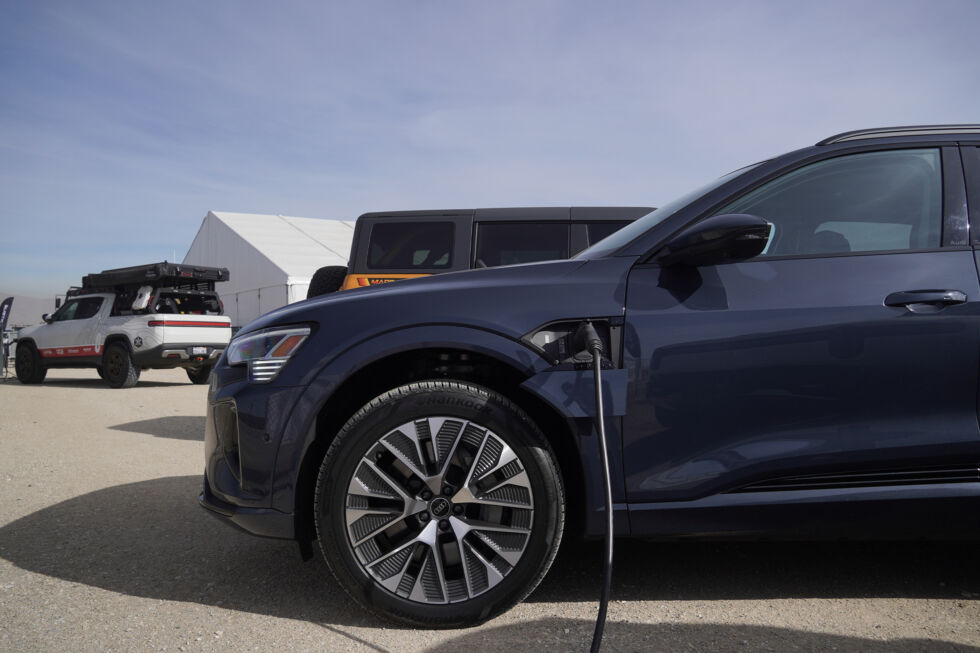
Enlarge / Charging in the Optima Oasis.
Michael Teo Van Runkle
I arrived at the Optima Oasis with 78 miles (126 km) of range remaining and promptly plugged into a Level 2 charger, where I left the Audi charging for the rest of the day. I checked in a few times, noting that the charger, hooked into the KoH grid, managed to pump out an average of about 12 miles (19 km) worth of electrons per hour. At approximately 50 kilowatts, that rate would be enough to get me home later in the evening, but not if I’d been out four-wheeling in the car all day—and that slow rate certainly wouldn’t do the trick for the massive group of EVs that Optima expected later in the week as part of its second Unplugged rally. As the sun went down and I readied myself for the drive home, three massive tractor-trailers arrived with the solar and hydrogen setups to support EV owners for King of the Hammers’ main events.
The following Thursday, I drove back to Johnson Valley in a Ford Bronco Raptor, probably the greatest production vehicle ever built for the desert—if not the most fuel-efficient or eco-friendly. I planned to catch the home-built Every Man Challenge, as well as the most hardcore half-million-dollar-plus Ultra4 race that serves as the main event on the second Saturday. But first, I sheepishly pulled my gas guzzler back into the Optima Oasis to join a growing group of EV enthusiasts milling about the charging stations.
The sun began to warm us, the cars, and two massive solar arrays as more and more EVs pulled in—far more than I expected at an event that tilts heavily toward the joys of internal combustion. We’d definitely need faster chargers than I used on the Audi, I thought. Many owners topped up their batteries, while a team from Morrflate gave out lessons on airing down tires for better traction, a more comfortable ride, and reduced risk of flats while off-roading.

Enlarge / These solar arrays charge batteries in the trailer that can fast-charge four EVs at once.
Michael Teo Van Runkle
And we needed that lesson, as Optima also chose a much more technical route than I expected—especially considering the smattering of bone-stock Kia and Toyota crossovers throughout the group, some of which wore eco tires or little more than all-seasons. But Rivian R1T and R1S owners made up the majority, and most of the vehicles still rode on factory Pirelli Scorpion All-Terrains. Optima allows plug-in hybrids into the Unplugged rally, too, and I spotted a few Jeep Wrangler 4xes and Toyota Tundra hybrids, plus one Cybertruck brought out for testing by Unplugged Performance.
I’m paranoid, and the weather forecast predicted heavy rain, so I packed my recovery gear and threw in a set of Maxtrax Lite recovery boards, a Yankum rope, and two soft shackles into the back of my borrowed R1T before we left Optima’s home base for the trail run. And not just for the “soft-roader” hybrids—also because I’d never actually driven a Rivian before and didn’t quite know what to expect.
Off-roading EVs find a home at King of the Hammers Read More »
